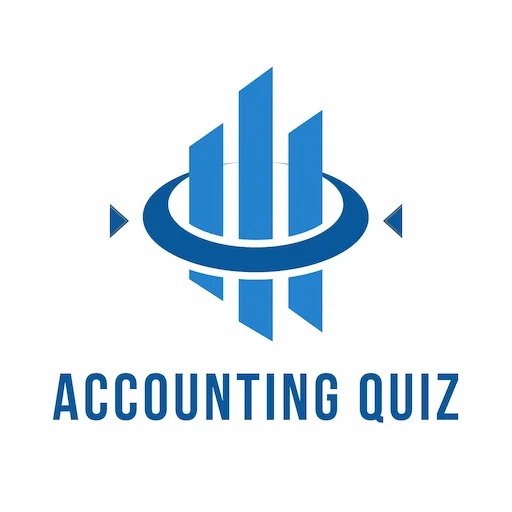Float Management
Paying by draft (three party instruments, drawer, drawee and payee) delays cash outflow, A draft is an instrument in which one party (the drawer) orders another party (usually a bank, called the drawee) to pay money to a third party (the payee) The bank then pays the money to the payee out of an account maintained by the drawer.
Draft usually dated at future date and will not be collected by payee until this date.
A check is the most common type of draft but it is payable upon demand while under the draft the bank must present a draft to the drawer for acceptance.
A payee needs time to have his check cleared (added to his account and reduces the drawer’s account) this time called float (check-float).this time period represents a benefit to the drawer and a disadvantage to the payee.
Types of float
1- Mailing float ⇒ is the time that elapses relating to mailing the check to the payee.
2- Processing float (or operational float) ⇒ is the time for the payee to record the payment and deposit it in their own bank.
3- Check-float called Clearing float from drawer’s perspective or availability float from Payee’s perspective. Is the time the check needs to go through the clearing system.
Check-float is called clearing float in case of disbursement and availability float in case of receipts.
Rule : A firm strives to minimize its cash receipts float to get use of the receipts as soon as possible, and to maximize its cash disbursement float to get use of the funds for as long as possible.
Effective cash management involves extending the three floats for disbursements and shortening the three floats for cash receipts.
A draft is a working capital technique that increases the payment float and therefore delays the outflow of cash. A payment by draft (e.g. a check) is slower than other methods of payment such as electronic cash transfers.
Example :
Assume that each day a company writes and receives checks totaling $10,000. If it takes 5 days for the checks to clear and be deducted from the company’s account, and only 4 days for the deposits to be available, the net float is positive $10,000, this amount can be seen as an interest free loan.
Float can be calculated in terms of $ amounts or days.
Explanation:
The disbursement float period (disbursement /clearing float) is the time between when a check is written and when it clears the payer’s checking account (5 days). Check disbursement float results in an interest-free loan to the payer (drawer) because of the delay between payment by check and its deduction from his bank account.
If checks written require one more day to clear than checks received to be available; the net float equals one day’s receipts. The company will have free use of the money for one day. The company enjoys one day’s net float because its checks clear more slowly than its deposits being available. In this case, the net float is positive the amount is $10,000. The company can write checks (up to $10,000) even when it has no money because the checks do not clear until a day after deposits available. Thus the net float represents the difference between when deposits available and when disbursements clear.
